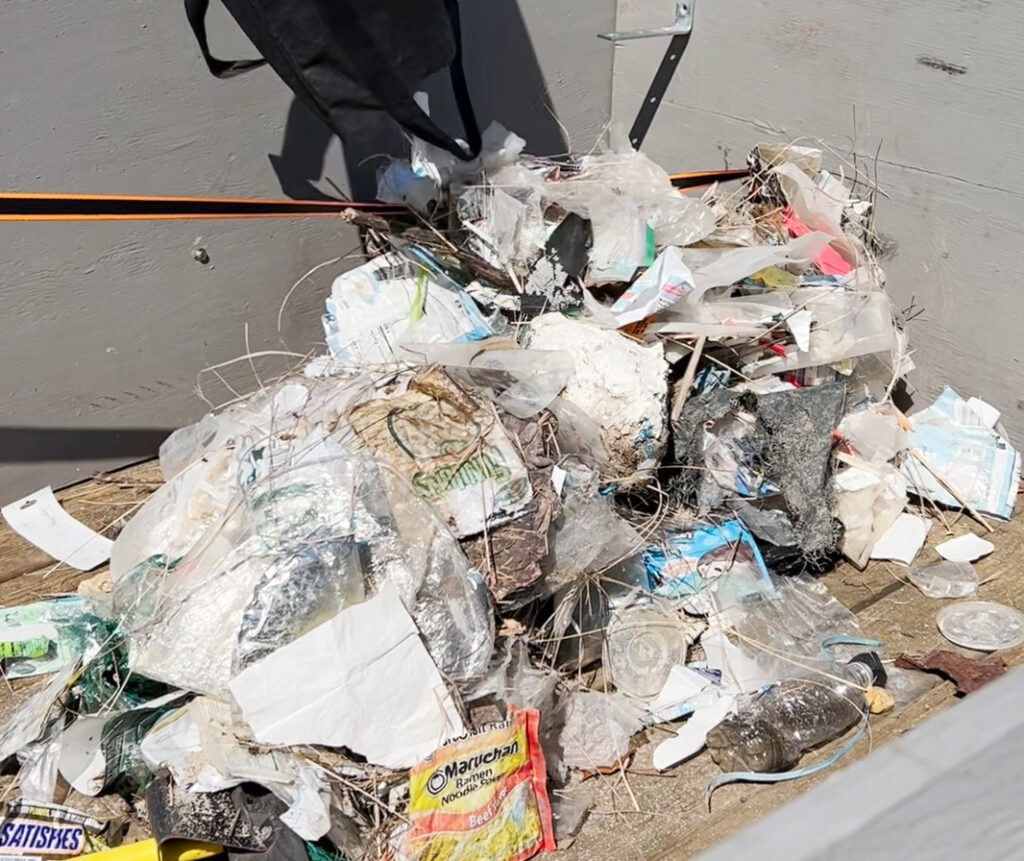Editorial: Shoveling heavy snow is ‘inherently dangerous’

Last weekend’s blizzard brought record amounts of snowfall and high winds, which in areas with open fields like the North Fork made clearing major roadways extremely challenging.
What the blizzard also brought was danger to people clearing their driveways and paths to their homes. Statistics vary depending on where you read them, but by some accounts more than 100 people die each year shoveling snow, and more than 11,000 are injured in various accidents such as falling on the ice or pavement.
The blizzard that struck Long Island claimed at least three lives, according to press accounts. A New York Post story said there were four deaths. One of them was in Cutchogue. Robert Doroski, 77, a nearly six-decade member of the Cutchogue Fire Department, fell into his backyard swimming pool and drowned while shoveling snow Saturday.
A notice on the department’s Facebook page detailed Mr. Doroski’s long tenure with the department: “He joined CFD in March of 1963 as the Department’s 268th member. He served as a fire commissioner of the Cutchogue Fire District from 1986-1996 and continued to remain active on the CFD Fire Police Squad.”
Winter is still upon us, so we did a little research on safety measures for when snow arrives and driveways and pathways to homes need clearing. One consistent piece of advice for older shovelers: Hire someone to do it, particularly if the snow is deep or wet and icy, and thus far heavier.
One piece of advice we read said anyone older than 45 should think twice about doing any snow shoveling because of heart attack danger. Cold temperatures can restrict coronary arteries, so the effort of moving heavy, wet snow can bring on the risk of heart attack, experts say. One expert said in an online post that moving heavy snow can be as difficult as long distance running.
Dr. Lawrence Schiff, the director of emergency medicine at Stony Brook Eastern Long Island Hospital, agreed that shoveling heavy snow presents a world of potential problems. In particular, he said, the lifting and pushing of heavy, wet snow poses a threat to the elderly and to anyone with medical issues such as heart disease and hypertension.
He said the “burst of energy” — the sudden heavy lifting — needed to push snow, without any warm-up or by someone who has not exercised, can lead to warning signs like shortness of breath, nausea and dizziness.
“Someone with coronary artery disease or hypertension or are predisposed for those should not be doing this, particularly if there is no warm-up,” he said. “That can lead to a heart attack. But there’s a plethora of symptoms before that happens.”
He said people who exercise regularly usually warm up before they go to the gym or play a sport like racquetball or tennis. That’s often not the case when snow falls and someone puts on the heavy coat and heads outside to clear the driveway and walkways.
“Age of course is also a big factor,” he said. “Anyone over 65 should probably get clearance for any vigorous physical activity, or at least slowly work up to it.
“But take it easy, that’s good advice,” he added. “Do a little a time. And be careful of slipping on ice, where you might break a bone or hit your head. The bottom line is shoveling heavy snow is inherently dangerous.”








